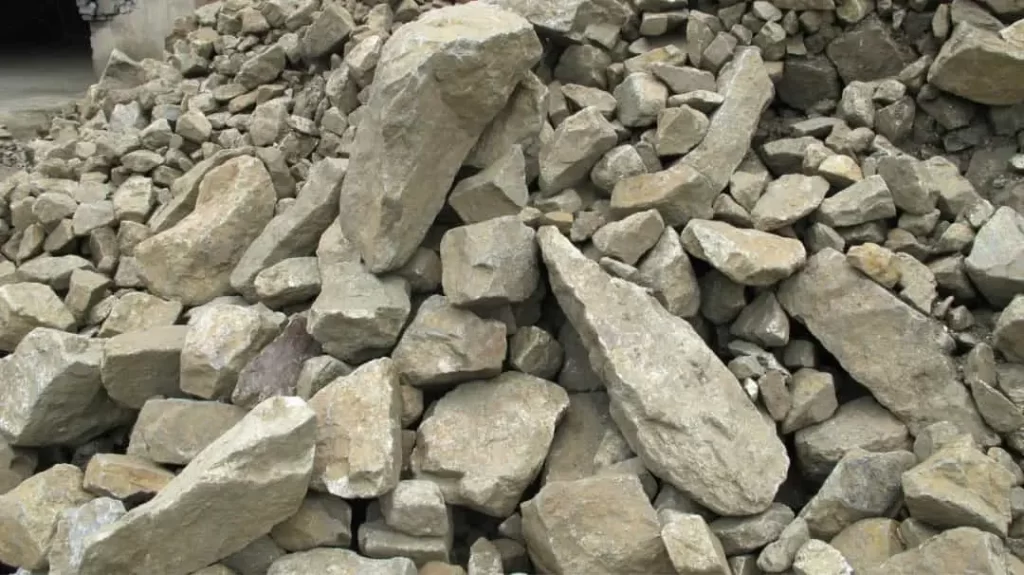
The main pigments for counterweight ore are iron red, iron yellow, and iron black, and their properties and production methods are as follows:
1、 Performance. 1. Light and heat resistance. The color remains unchanged even when exposed to strong sunlight. Due to structural limitations, it is stable within a certain temperature limit. Beyond this temperature limit, the color begins to change, and the degree of change becomes more and more obvious as the temperature increases. The counterweight ore turns red when it exceeds 130 degrees Celsius, deep red when it exceeds 300 degrees Celsius, and deep red when it exceeds 400 degrees Celsius. This is just the temperature limit of ordinary heavy mineral pigments, and many companies now have products with better performance. 2. Weather resistance: Climate conditions such as atmospheric cold and heat, drought and waterlogging have very little impact on pigments, and have good weather resistance, making them widely used outdoors. 3. Other performance: Very stable in turbid gases such as hydrogen sulfide, carbon dioxide, sulfur oxide, hydrogen chloride, and nitrogen oxide. It is insoluble in water, various mineral oils, vegetable oils, and other organic solvents such as ethers, esters, ketones, and has no permeation phenomenon.
2、 The manufacturing process of counterweight ore. The traditional manufacturing method includes the dry method, which is the high-temperature firing method. The main raw materials are limited to iron sheet and iron filings, with long production cycles, high energy consumption, and high production costs. Another method is wet method, which is acid solution oxidation method. Grinding at room temperature for 40 minutes, washing with water, alcohol cleaning, filtration, drying to obtain precursor powder, and then pyrolysis to obtain nanoscale counterweight red ore products. This room temperature solid-state synthesis method is simple, inexpensive, easy to obtain, and easy to control product particle size. It is a new method for preparing nanoscale pyrite powder.
The above is an introduction to the properties and production methods of counterweight mineral pigments. For more information, please click on our official website. Thank you for reading.
